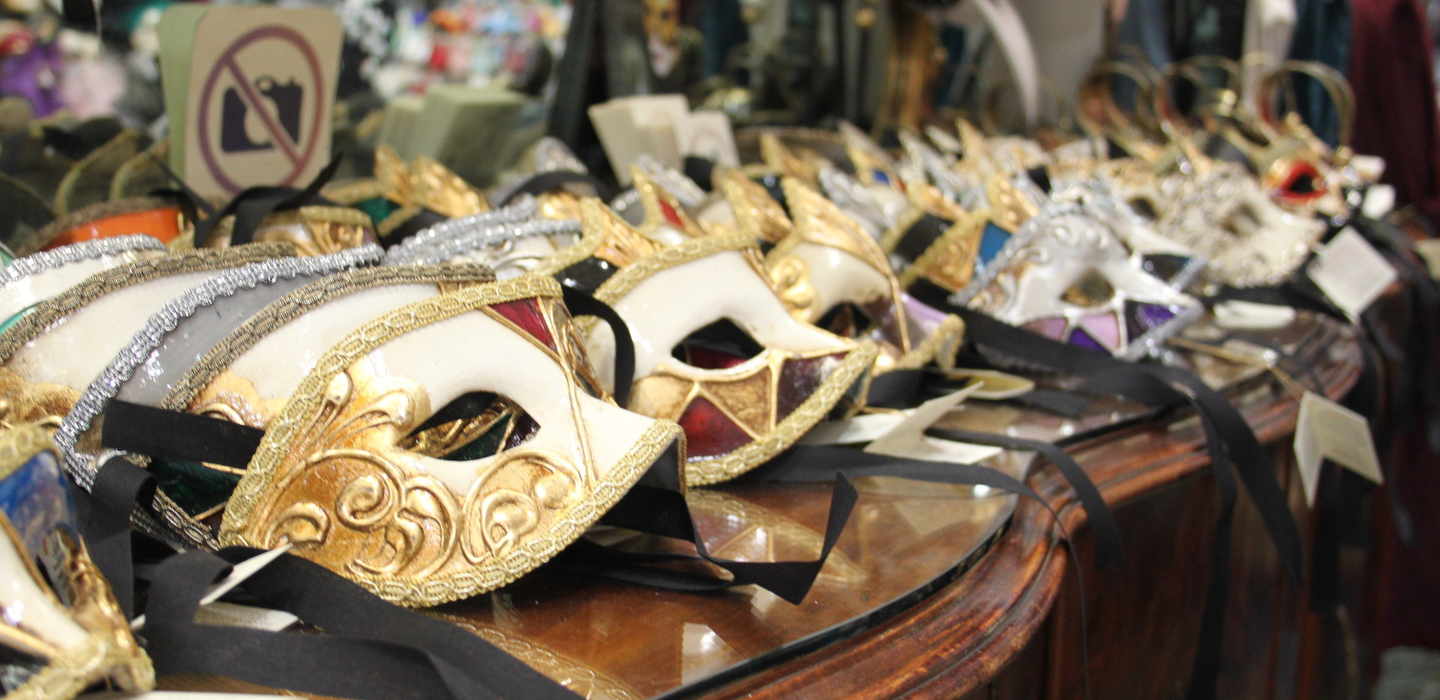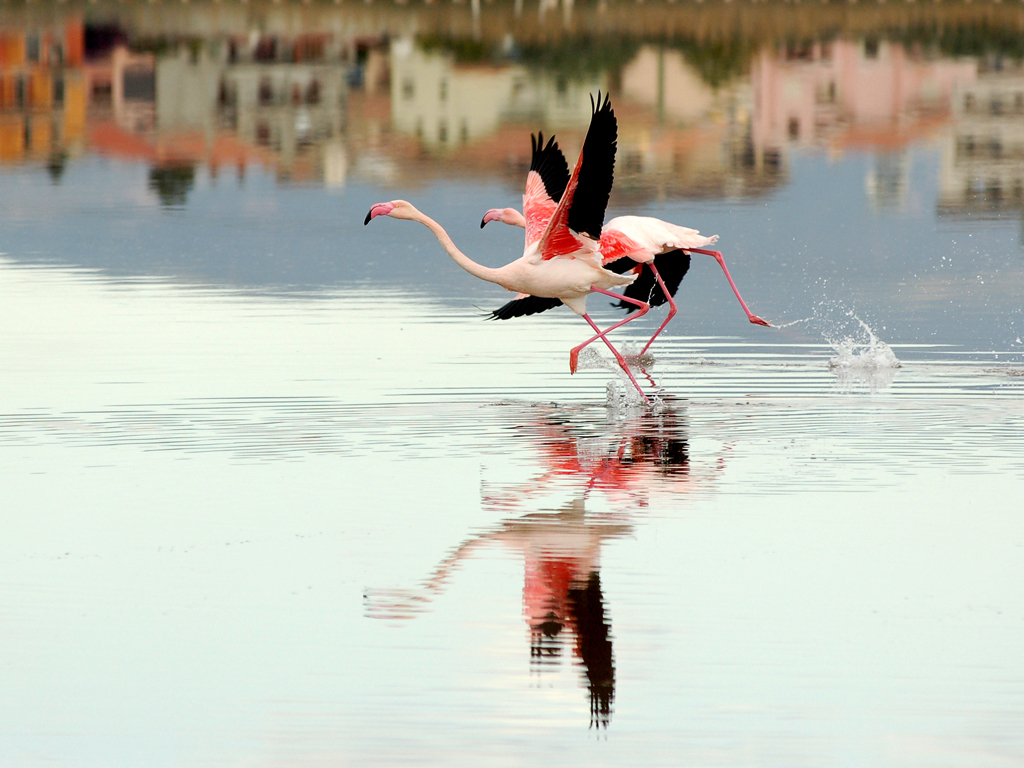A Grand Tour of Italy: Rome, the Sky City, Tuscany, Cinque Terre, Milan & the Venetian Riviera

A Grand Tour of Italy: Rome, the Sky City, Tuscany, Cinque Terre, Milan & the Venetian Riviera
This comprehensive travel guide outlines a classic and enriching Italian loop, starting and ending in Rome. This journey is designed to immerse you in the profound history of the Eternal City, the romantic landscapes of Tuscany, the dramatic coastline of Cinque Terre, the cosmopolitan flair of Milan, the serene beauty of Lake Garda, the unparalleled magic of Venice, and the spiritual heart of Umbria.
Part 1: Rome - The Eternal City (3-4 Days)
Rome is not merely a city; it's a sprawling, open-air museum. Its layers of history, from the ancient Republic to the Baroque splendor of the Vatican, are palpable around every corner. Begin your Italian adventure by diving into its chaotic, magnificent heart.
Key Attractions:
Food & Drink:
Transportation & Tips:
Rome is best explored on foot, but its Metro system (Line A and B) is useful for connecting major sites like the Colosseum and Vatican. Consider a Roma Pass for discounted entry and transport. Be vigilant for pickpockets in crowded areas like Termini Station and on public transport.
Part 2: Civita di Bagnoregio - The Sky City (Day Trip)
Perched precariously on a crumbling tufa cliff, Civita di Bagnoregio is known as "La Città che Muore" (The Dying City). Accessible only by a long, steep footbridge, this isolated village feels like stepping into a forgotten world or a fantasy film set.
The Experience:
The journey is part of the magic. As you cross the bridge, the modern world falls away. The village is tiny, with a handful of permanent residents. Wander its silent, stone-paved alleys, admire the medieval architecture, and peer over the edges to the vast valleys below. The main square features a Romanesque church, and small cafes offer a quiet place to soak in the atmosphere.
Practicalities:
Civita is most easily visited as a day trip from Rome or Orvieto. There is a small fee to cross the bridge. Parking is available in Bagnoregio, the "new" town on the other side of the valley. Visit early or late to avoid day-trip crowds and experience its true serenity.
Part 3: Siena & Florence - The Heart of Tuscany (2-3 Days)
Siena: The Gothic Rival
Siena is Rome's medieval counterpoint. Its heart is the shell-shaped Piazza del Campo, one of Europe's greatest medieval squares. Climb the towering
Torre del Mangia for an unforgettable view of the city and surrounding countryside. The Siena Duomo is a stunning masterpiece of Italian Gothic architecture, with a striped marble facade, intricate floor mosaics, and works by Pisano and Donatello. Local Insight: Siena is divided into 17 contrade (districts), whose rivalry culminates in the Palio, a wild, historic horse race held in the Piazza del Campo twice a year.Florence: The Cradle of the Renaissance
Florence is an art lover's paradise. The skyline is dominated by Brunelleschi's magnificent
Duomo. Pre-book tickets to see Michelangelo's David at the Accademia Gallery. The Uffizi Gallery houses an unparalleled collection of Renaissance art, including Botticelli's "Birth of Venus" and da Vinci's "Annunciation." Cross the Ponte Vecchio, a bridge lined with historic jewelry shops, and explore the Oltrarno district for a more local feel.Tuscan Cuisine:
Transportation:
Siena and Florence are well-connected by bus and train. Florence is a major rail hub. Both historic centers are best explored on foot.
Part 4: Pisa & Cinque Terre - Leaning Towers & Cliffside Villages (2 Days)
Pisa: More Than a Tower
A quick stop is all that's needed for Pisa. The
Field of Miracles (Campo dei Miracoli) is breathtakingly beautiful. Of course, take the obligatory photo "holding up" the Leaning Tower, but also visit the stunning Cathedral and Baptistery. Climbing the tower is a unique, slightly disorienting experience.Cinque Terre: The Five Lands
A string of five vibrant villages clinging to the rugged Ligurian coastline: Monterosso al Mare, Vernazza, Corniglia, Manarola, and Riomaggiore. This is a place for hiking, swimming, and soaking in spectacular views.
Culinary Specialties:
This is the home of
Pesto Genovese. Enjoy it with trofie pasta. Also try fresh anchovies (acciughe) and Focaccia col formaggio di Recco. Travel Tip: Purchase a Cinque Terre Trekking Card or a Cinque Terre Treno MS Card for unlimited train travel between the villages and trail access.Part 5: Milan & Sirmione - Fashion & Lake Serenity (2 Days)
Milan: Italy's Modern Metropolis
Milan offers a stark contrast to the rest of your trip. It is Italy's financial and fashion capital. The centerpiece is the magnificent
Milan Duomo. Take the elevator to the roof for a walk among its forest of spires and statues. Across the square is the Galleria Vittorio Emanuele II, a stunning 19th-century shopping arcade. Art lovers must book months in advance to see Leonardo da Vinci's "The Last Supper" at Santa Maria delle Grazie.Sirmione: The Jewel of Lake Garda
A day trip to Sirmione on Lake Garda provides a perfect respite from city sightseeing. This picturesque peninsula is dominated by the dramatic
Scaligero Castle, complete with a moat. Stroll through the charming old town and walk to the tip of the peninsula to see the ruins of the Grotte di Catullo, a Roman villa. Take a dip in the lake's famously clear waters.Part 6: Venice - The Floating City (2-3 Days)
Venice is unlike any other place on earth. There are no cars; transportation is by boat or on foot. Prepare to get lost in its maze of canals, bridges, and narrow alleyways (
calli).Key Attractions:
Cicchetti & Gondolas:
For an authentic dining experience, do a
Cicchetti crawl. These are small snacks (like Venetian tapas) served in bacari (wine bars). A gondola ride is a classic but expensive tourist activity; for a more budget-friendly alternative, use the traghetto gondola ferries to cross the Grand Canal.Part 7: Rimini & Assisi - Riviera & Spirituality (1-2 Days)
Rimini: Beach Resort & Roman History
A major beach resort on the Adriatic coast, Rimini offers a different vibe. Beyond its long sandy beaches, it has significant Roman history. See the
Tiberius Bridge, still in use after 2000 years, and the impressive Arch of Augustus. Film buffs might appreciate that it was the hometown of famed director Federico Fellini.Assisi: The Town of St. Francis
A spiritual highlight for many, Assisi is a serene hilltown in Umbria. The massive
Basilica of San Francesco, a UNESCO World Heritage site, is built into the side of a hill and contains breathtaking frescoes by Giotto depicting the life of St. Francis. The atmosphere is one of profound peace. Walk up to the Rocca Maggiore fortress for panoramic views of the Umbrian valley.The Journey Concludes: Return to Rome
The final leg from Assisi back to Rome's Fiumicino or Ciampino airports completes this grand Italian circuit. This itinerary offers a profound journey through time—from ancient empires and Renaissance genius to coastal drama and serene spirituality—providing a deep and unforgettable understanding of Italy's diverse soul.


